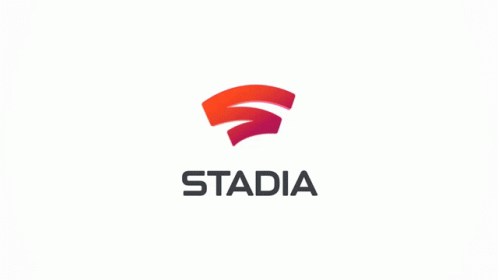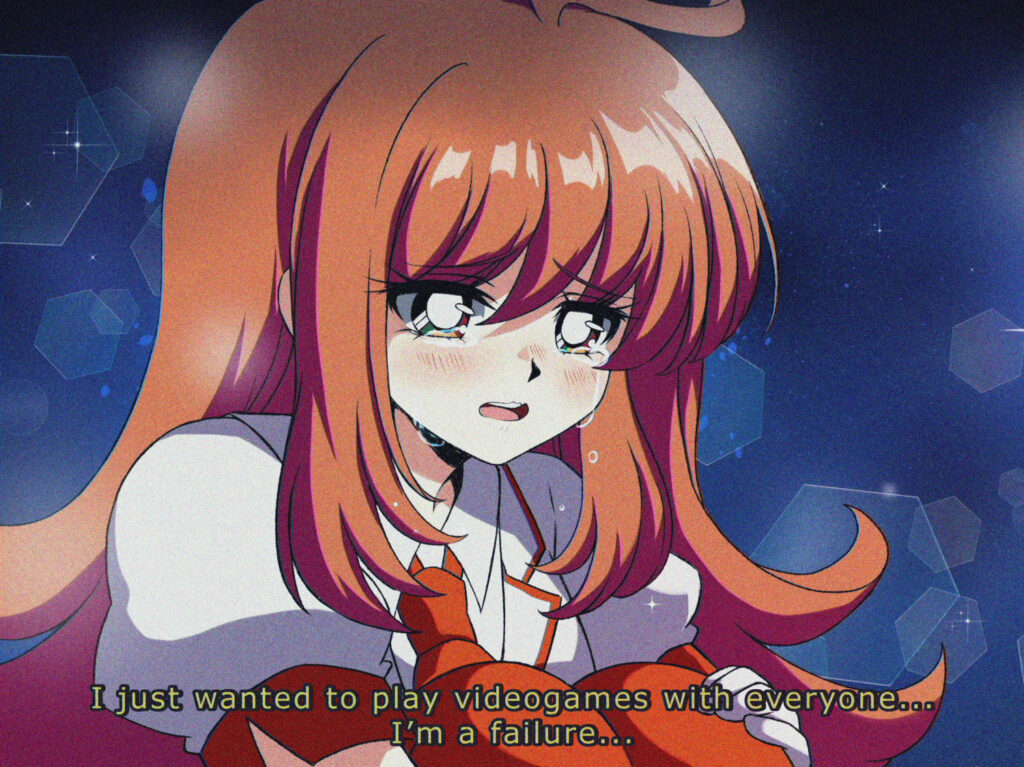
The Google Stadia shutting down didn’t surprise me when the news broke. If you know even a little about Google, you’ll know that they’re not a company of patience. If a product doesn’t work out, they will waste little time in getting rid of it as shown by this handy website. A quick look at the site shows almost 300 services and products Google has killed off. Some of which I’ve never even heard of until now. On the surface, this looks like another one for the grave. Yet, Google Stadia dying is much more important than most, if not all, of the other services Google has killed off because this didn’t affect the company or the customers. As it’s being revealed, a lot of people are being ruined by this decision.
Longtime listeners or avid readers of our articles can attest that I’ve been skeptical of Stadia since it’s reveal. As more of it was shown, I was a little less skeptical…until we learned that you not only had to pay to get the good parts of the service, but you also had to pay for the games. The pricing model alone was what kept me away from it, but others still believed for a while. That is, until they plugged in their Chromecast ready to play and learned how unfinished Stadia was. No shopping cart, no search function, latency issues, and more plagued the service. These problems persisted so much, they had to give Stadia hardware away, which is how I got to try it. And after a week of doing so, I was that much more convinced that this service was going to die.
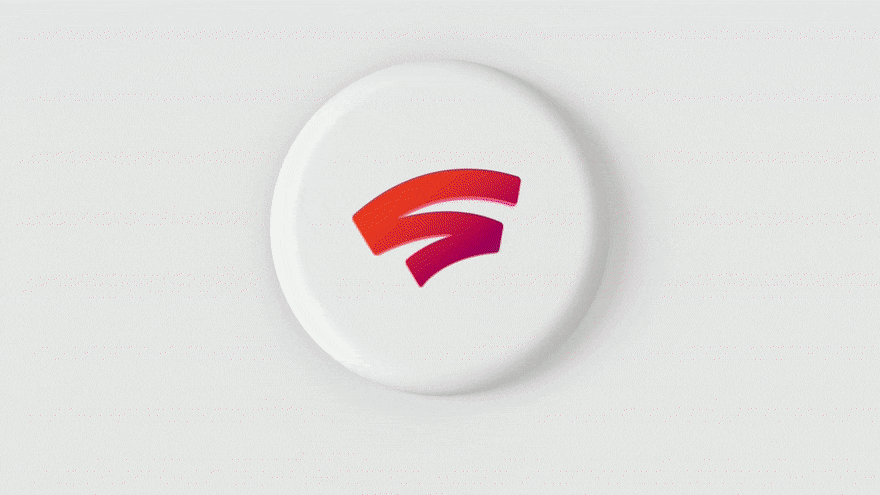
Studio closures, layoffs, lack of updates, lack of games, and so much more. The list of signs that pointed to this conclusion feels endless. Despite that, the closure of Stadia seems to bring about more problems and questions than ever. Most of them could have been avoided by Google being honest with themselves and their partners. But that’s asking a lot of one of the biggest tech companies in the world . Unfortunately, this has resulted in a fallout that seems to affect more people than we realize. The first question becomes, “what about those who’ve bought games off Stadia?” It seems the good news is that they’ll be issuing refunds to those who have bought their hardware as well as any digital purchases. The bad news is that progression you’ve made in those Stadia games will be lost unless they have cross progression, and anyone who’s purchased Stadia Pro will not be eligible for refunds.
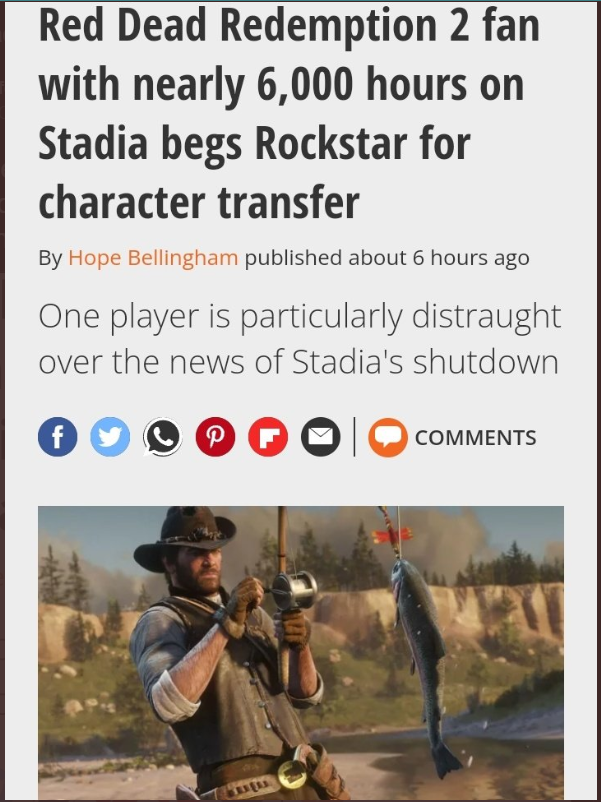
While it’s great that people who bought into Stadia will be getting most of their money back, developers aren’t as fortunate. Developers were attracted to the platform thanks to the payment model where they get paid due to the playtime on their games. Given that Stadia’s library was pretty small, it incentivised people to put their games on the platform. But, for as positive as this seemed, the reality outlined by developers is much harsher. Google bent over backwards to get AAA releases on Stadia. Indie developers however, had to almost beg Google to even consider them. Given the poor offerings of the platform, it seemed like a strange decision but one I’m not surprised by. Not that it matters now since the store is completely shut down. So now, any game that was Stadia exclusive is completely lost at the time of writing. This also means that games that were set to release on Stadia no longer can. Some devs outlined how they had games to release only days after this announcement. Whether Google will pay them what they’re owed is up in the air, but the outlook is doubtful.
Of all this, that’s one of the worst parts. Indie developers learned about the closure the same way the rest of us did. As much as we’d like to say that people should have seen it coming, those developers didn’t. Nor should they have to guess when the platform that promised them they’d have a home for their game will go under. Now they have Stadia games sitting around with their effort, time, and money wasted. I expect that the coming days will expose more about the Stadia fallout. But what we know now is telling of how terribly managed this service was and shows why the Stadia failed.
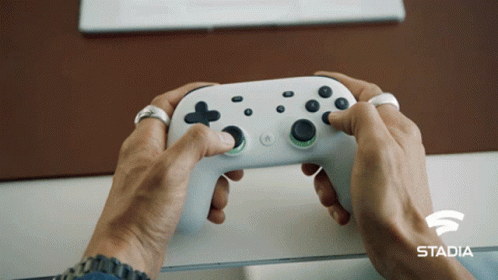
Stadia was a project with promise. Cloud gaming is on the rise and Google could have been a major player in that space. The tech was evolving at an exponential rate. They had the foundation for something that would be a real disruption to the current market. Unfortunately, Google Stadia wasn’t built for the general gaming market. It definitely appealed to people, given the replies on the closure announcement tweet. One fan of Stadia even spent 6K hours playing one game on it. I couldn’t manage 5 hours and someone did 6K? It’s a shame there weren’t more people like them. If I had to make a guess on how they could have saved it? The pricing model. Either make us pay for games with the highest quality streaming available or put the game access within the subscription fee. Doing both, while being more expensive than other platforms in some cases, while also having a incomplete storefront seemed to put nails in Stadia’s coffin. At least this can serve as a cautionary tale and a reason why we’re not yet ready for an all digital future.
